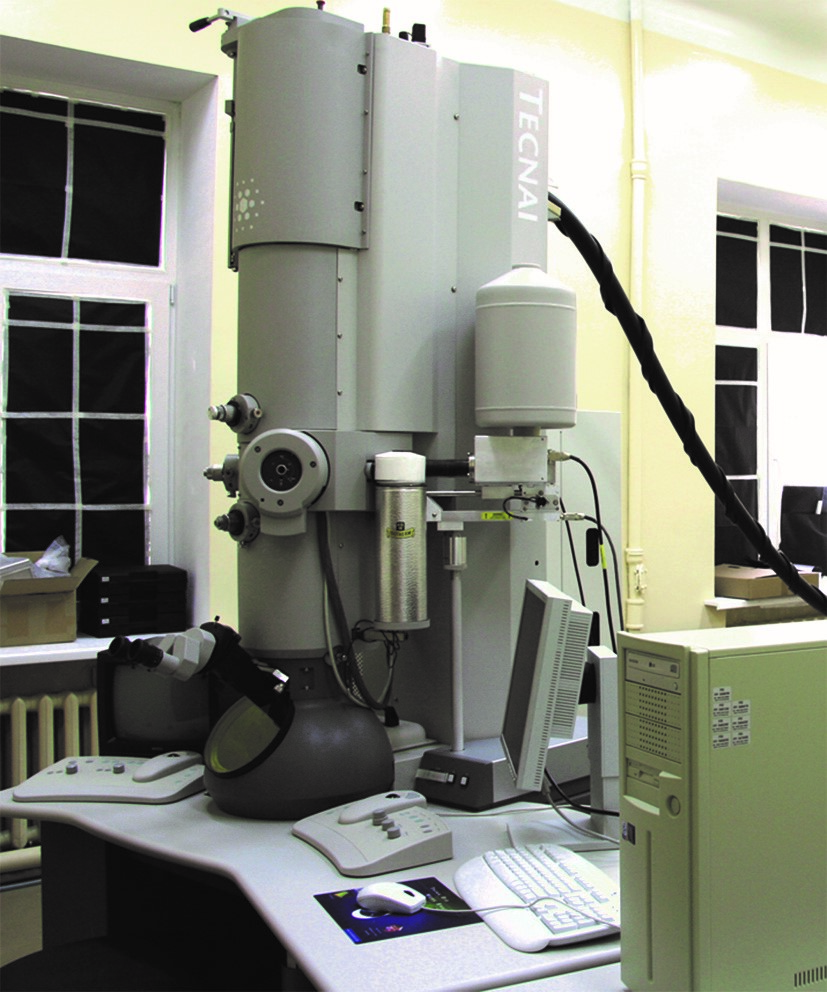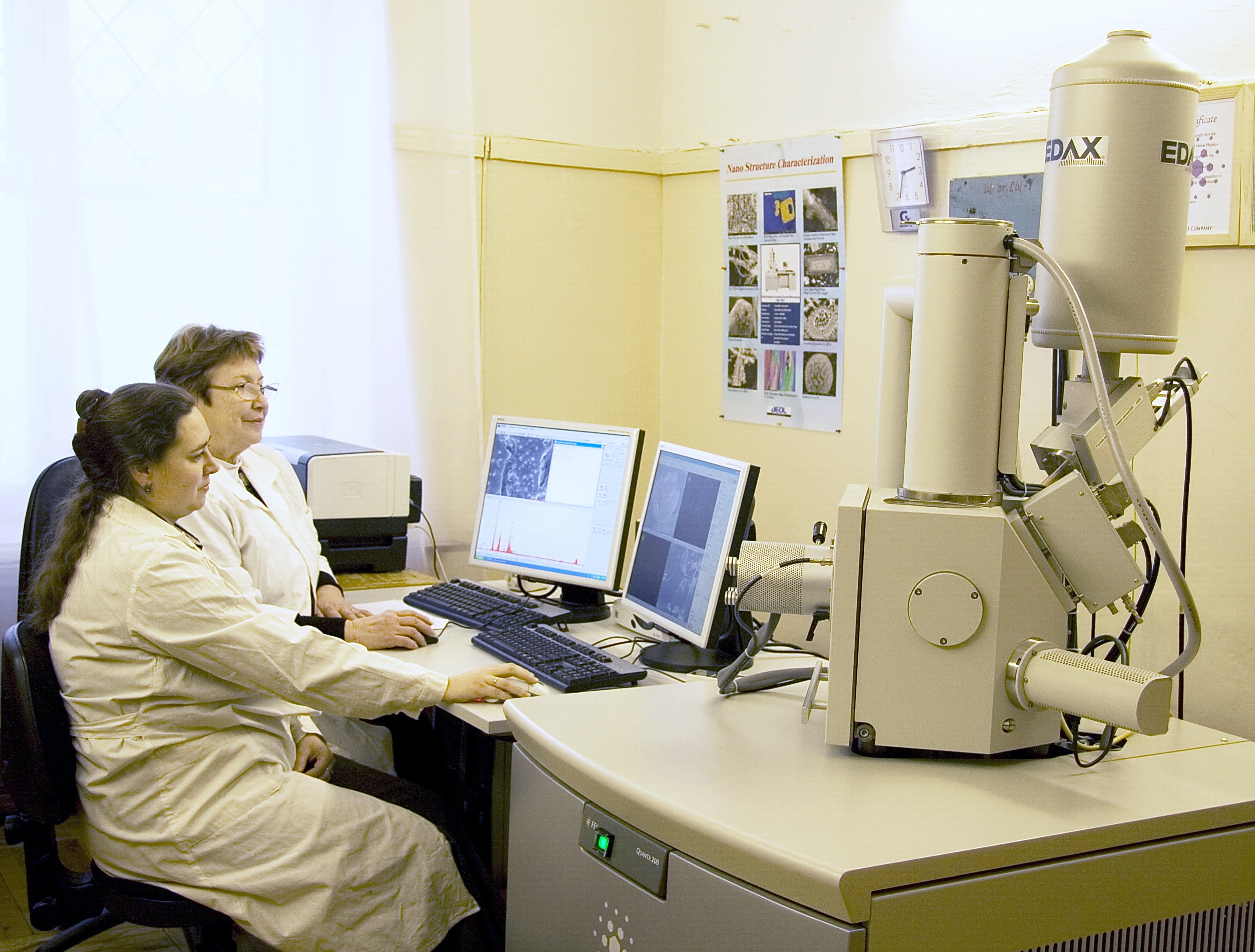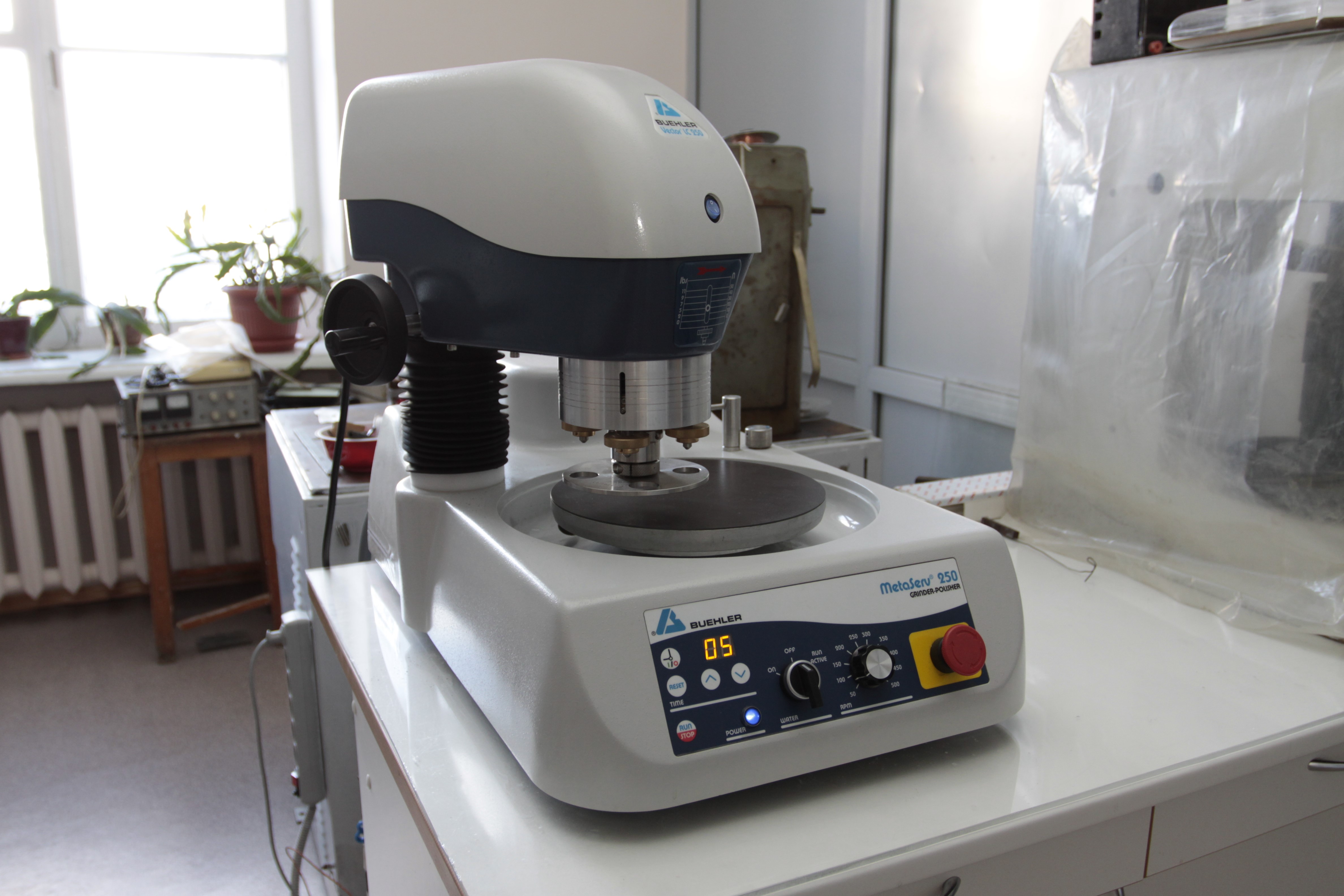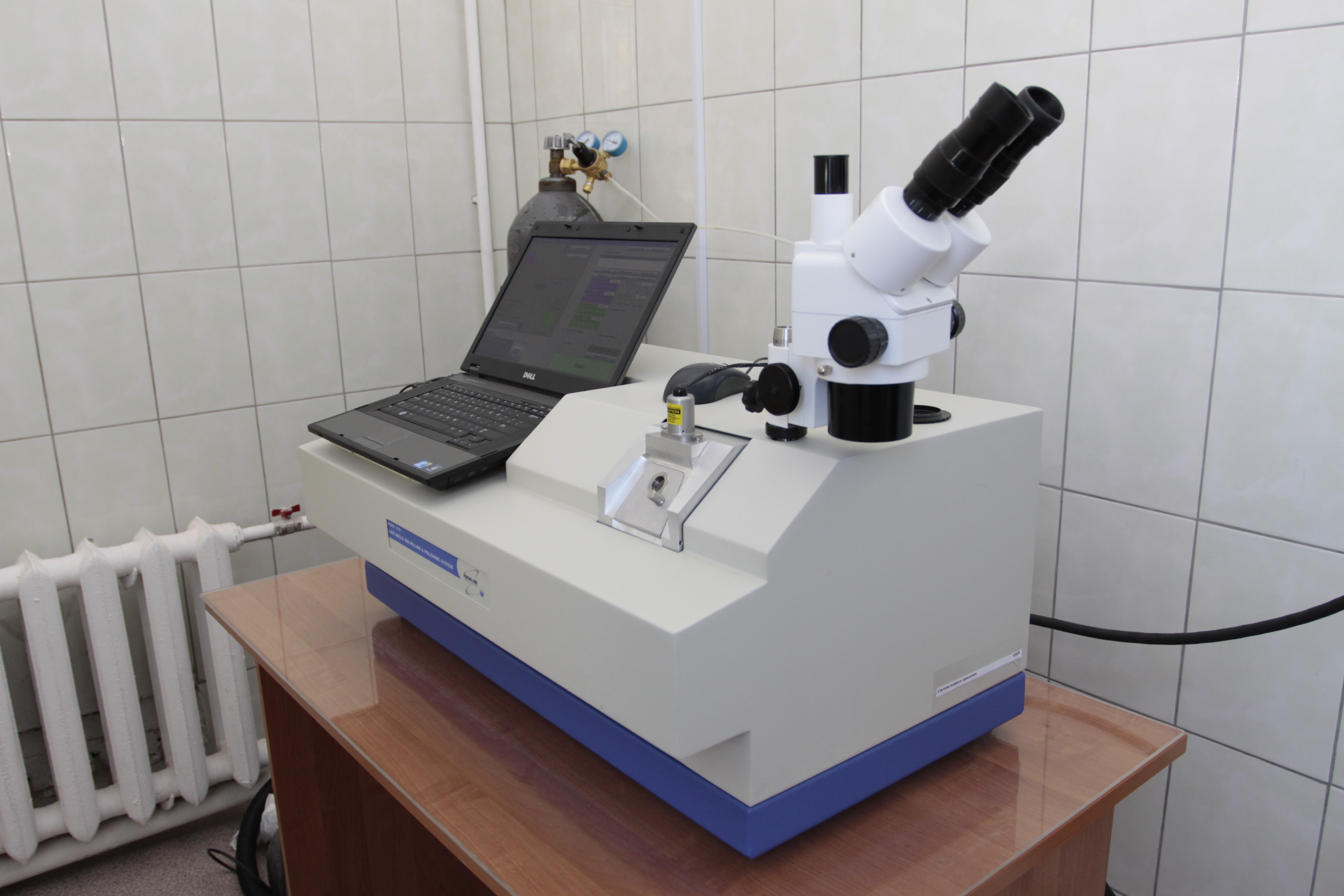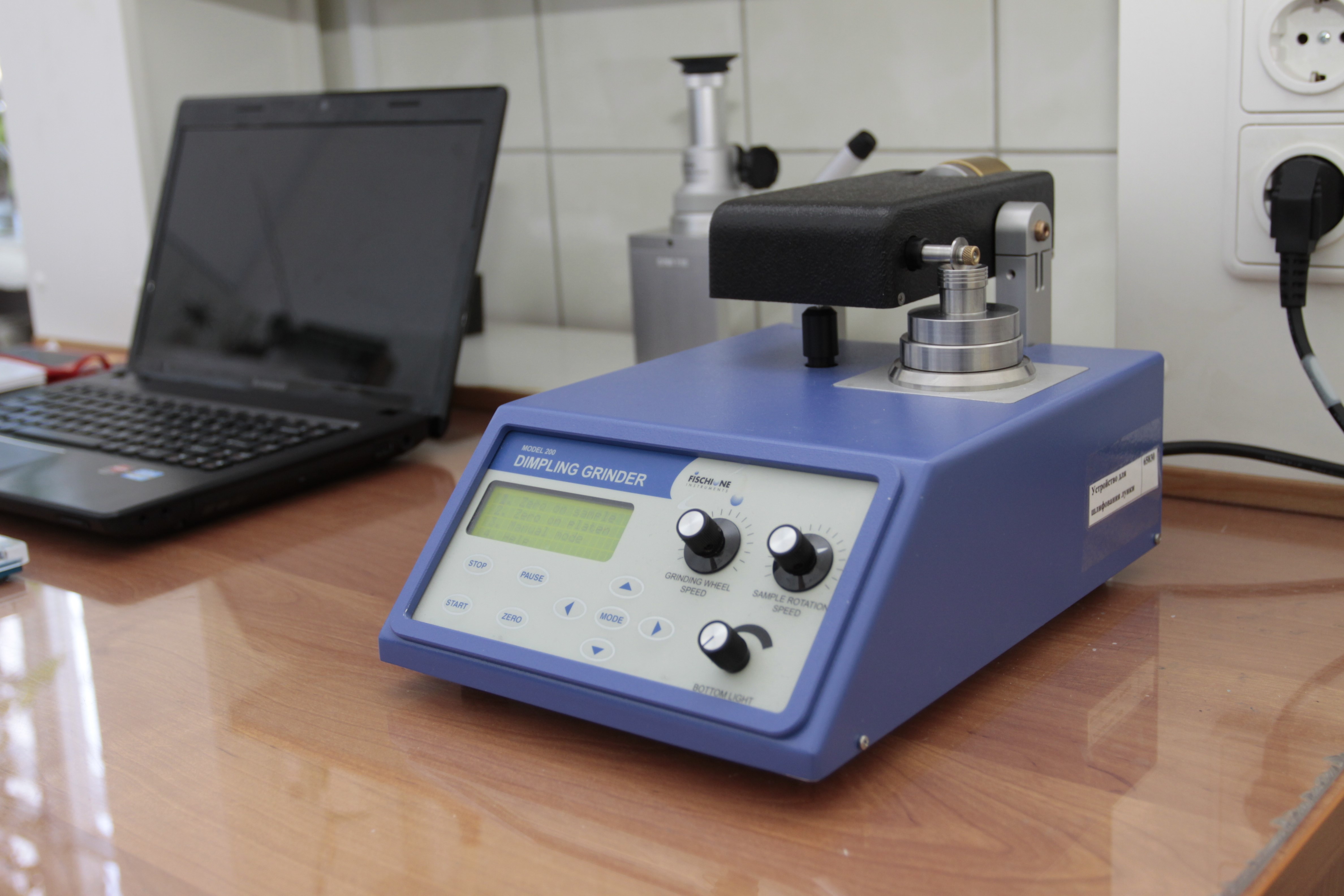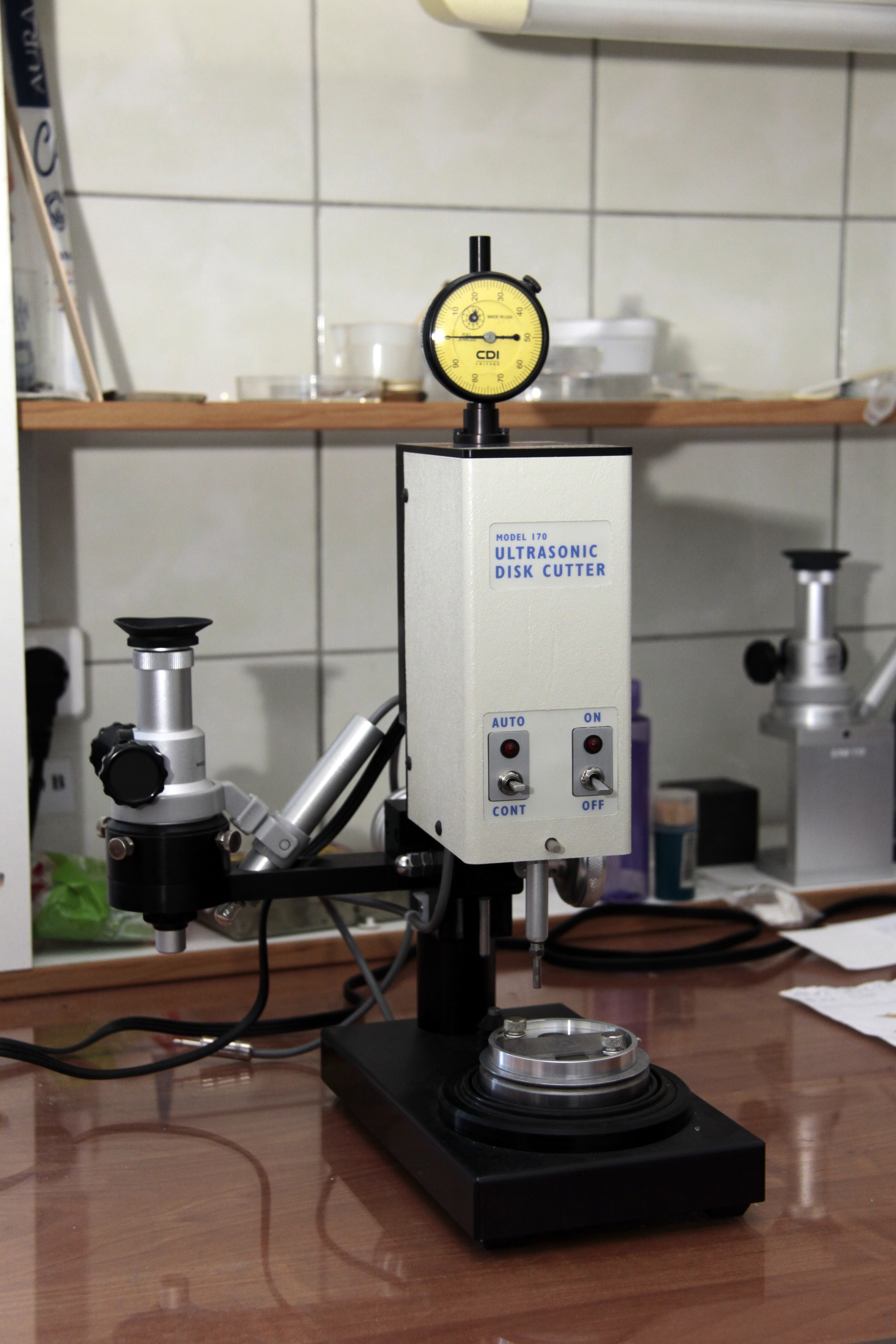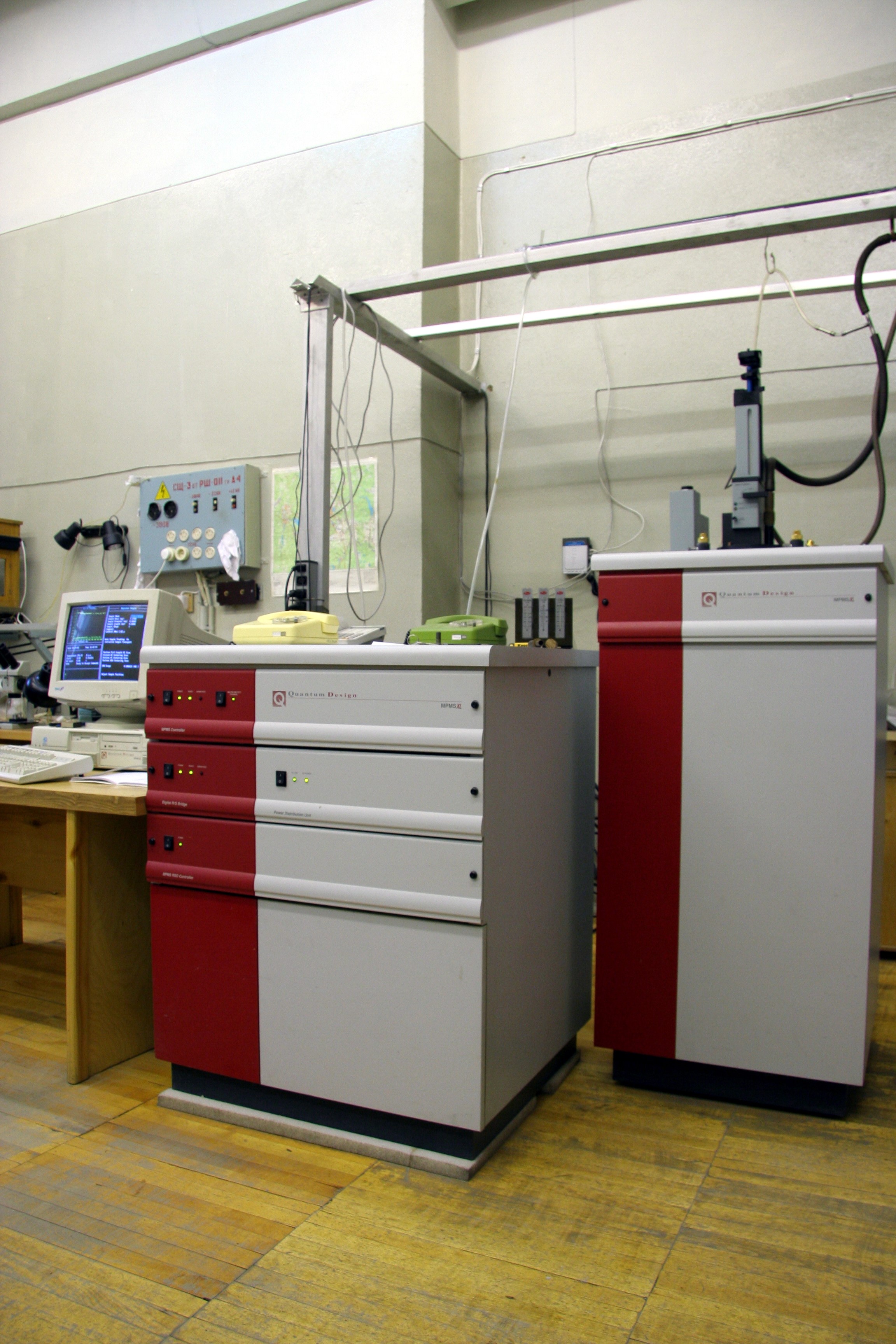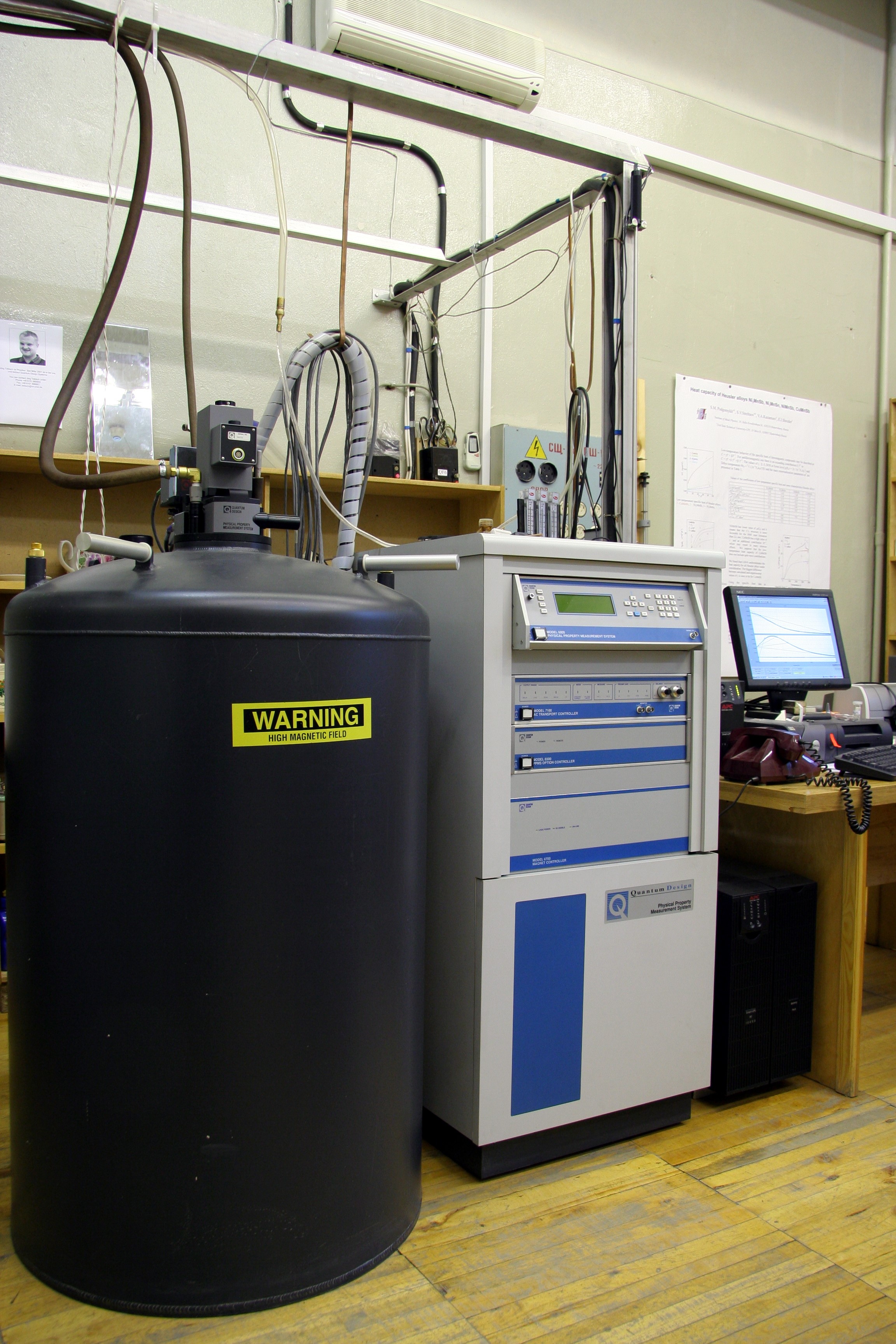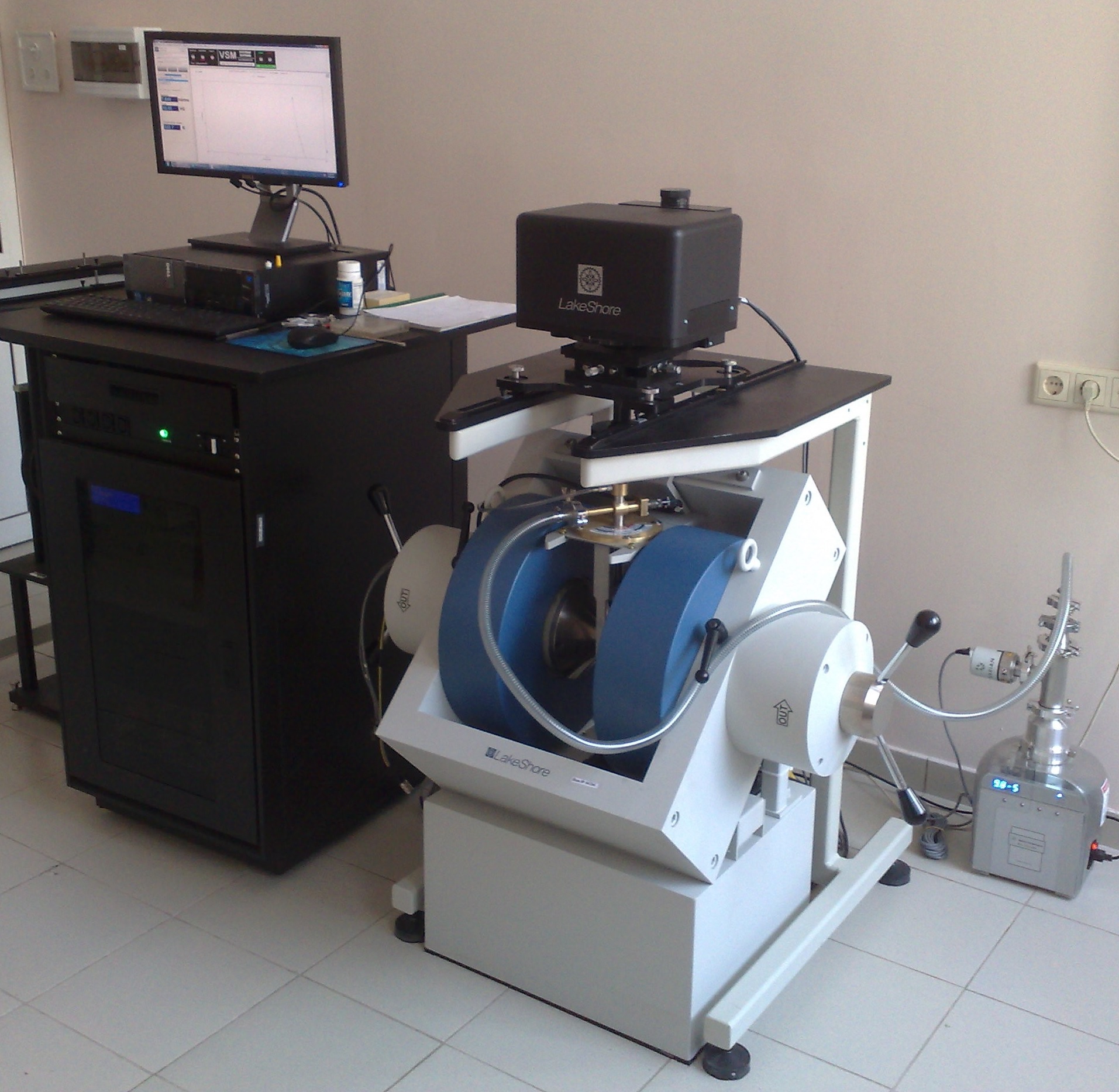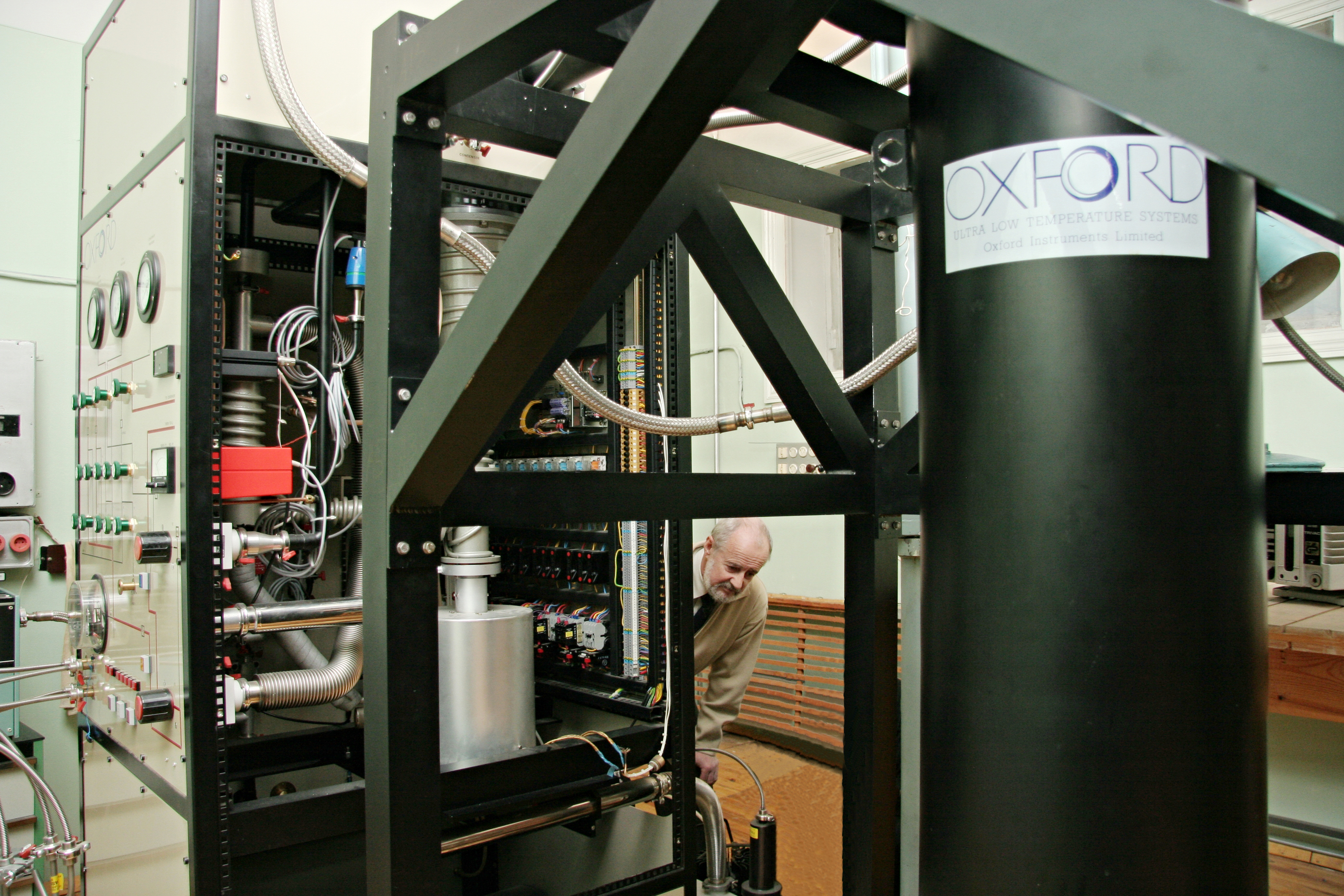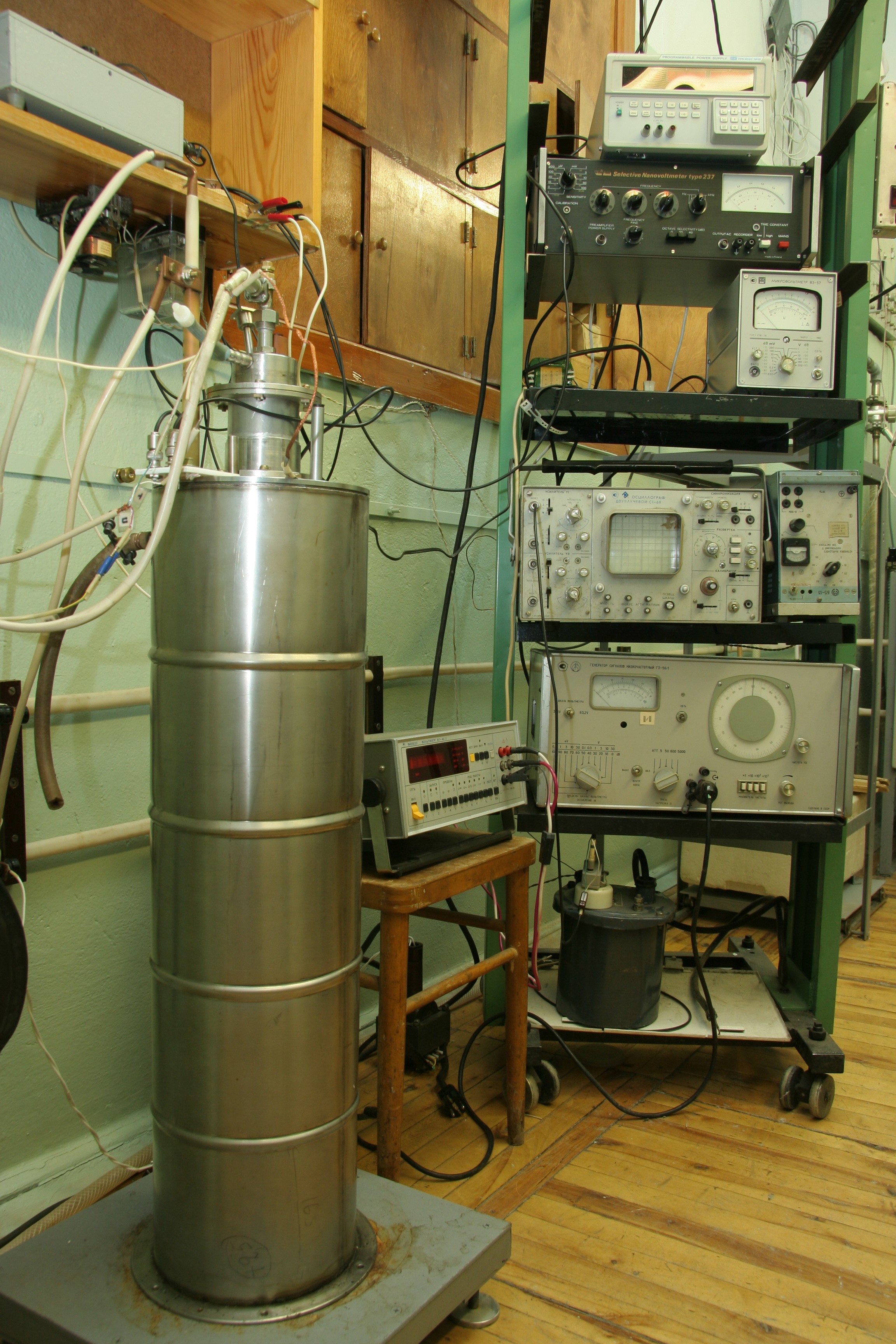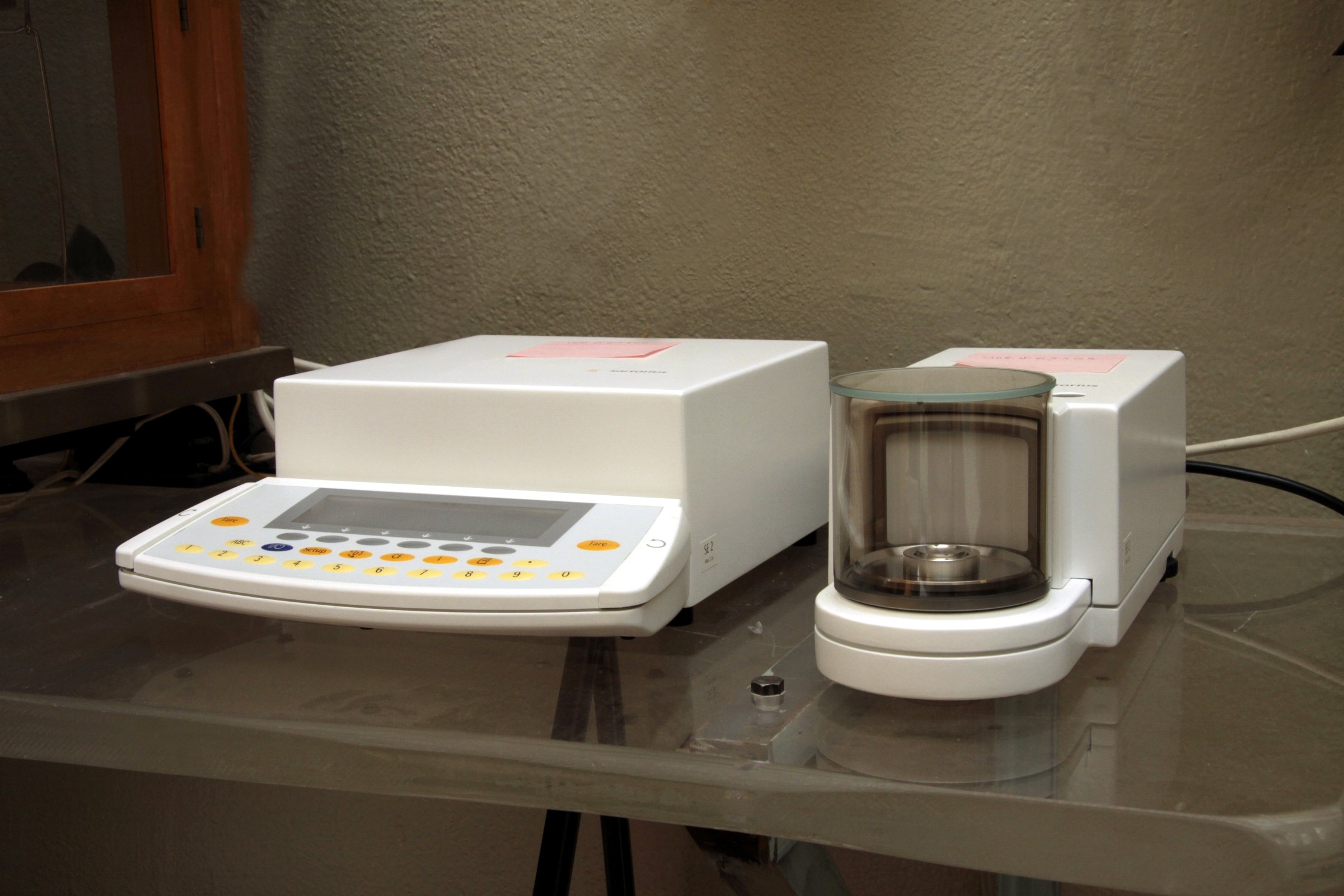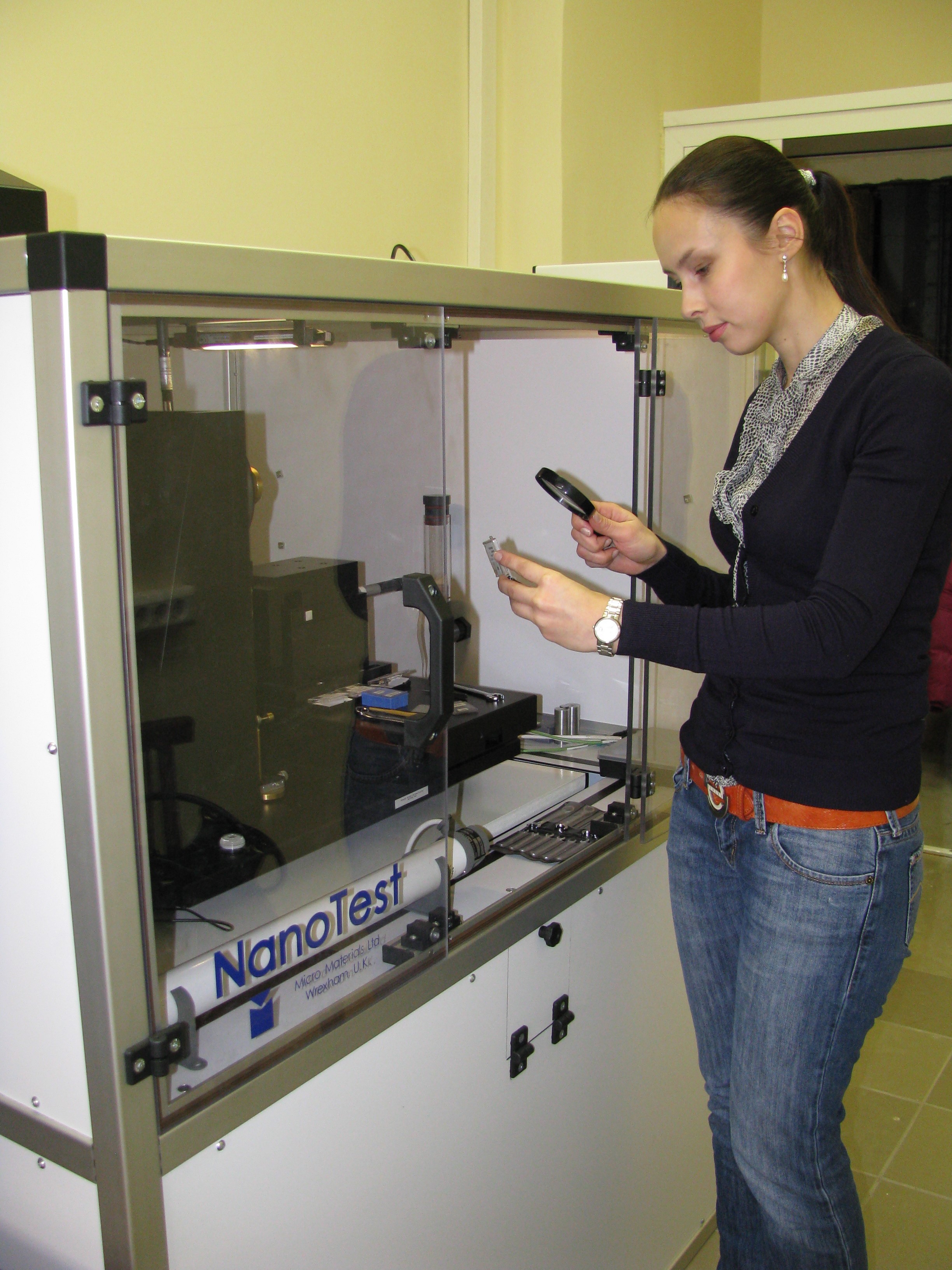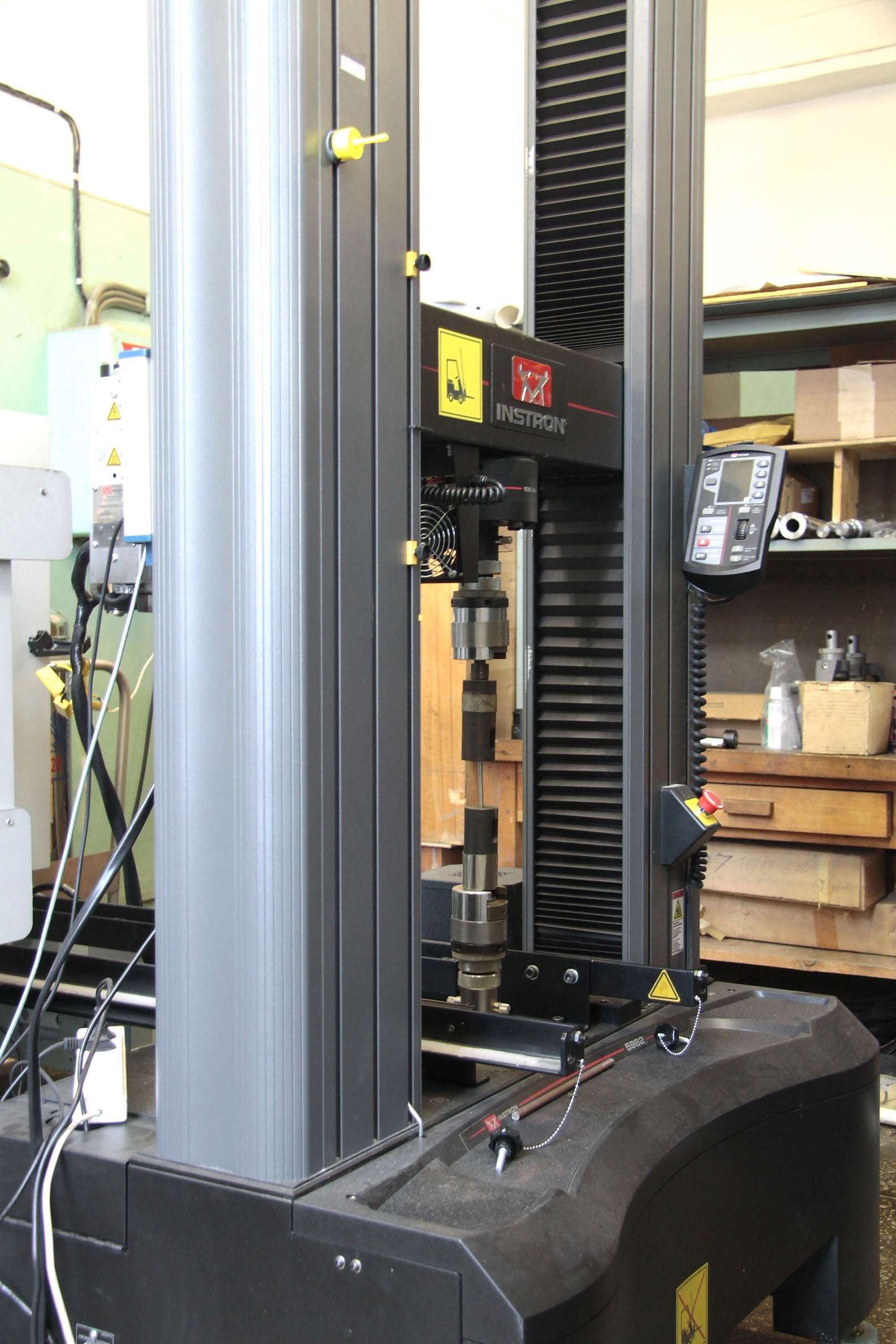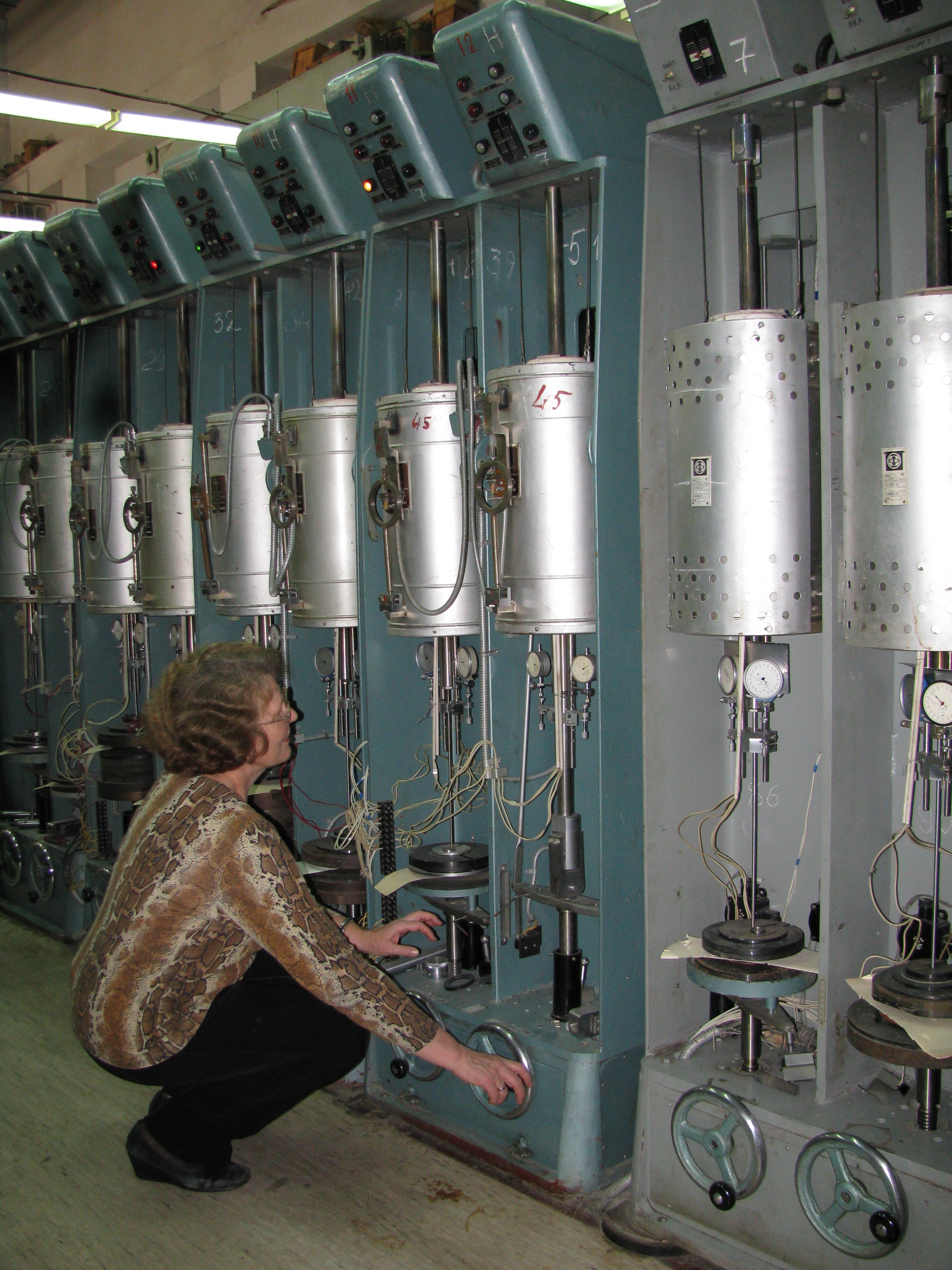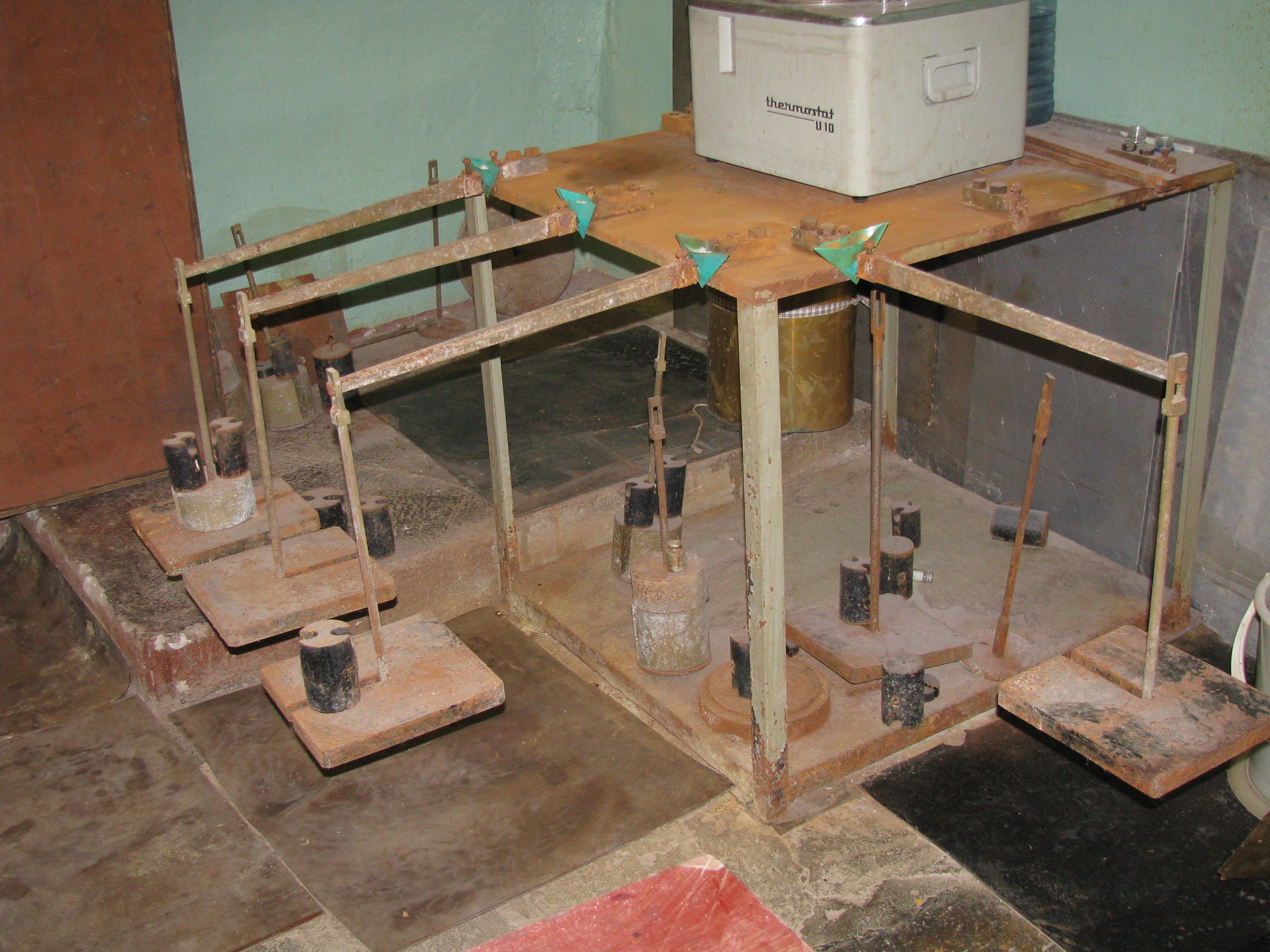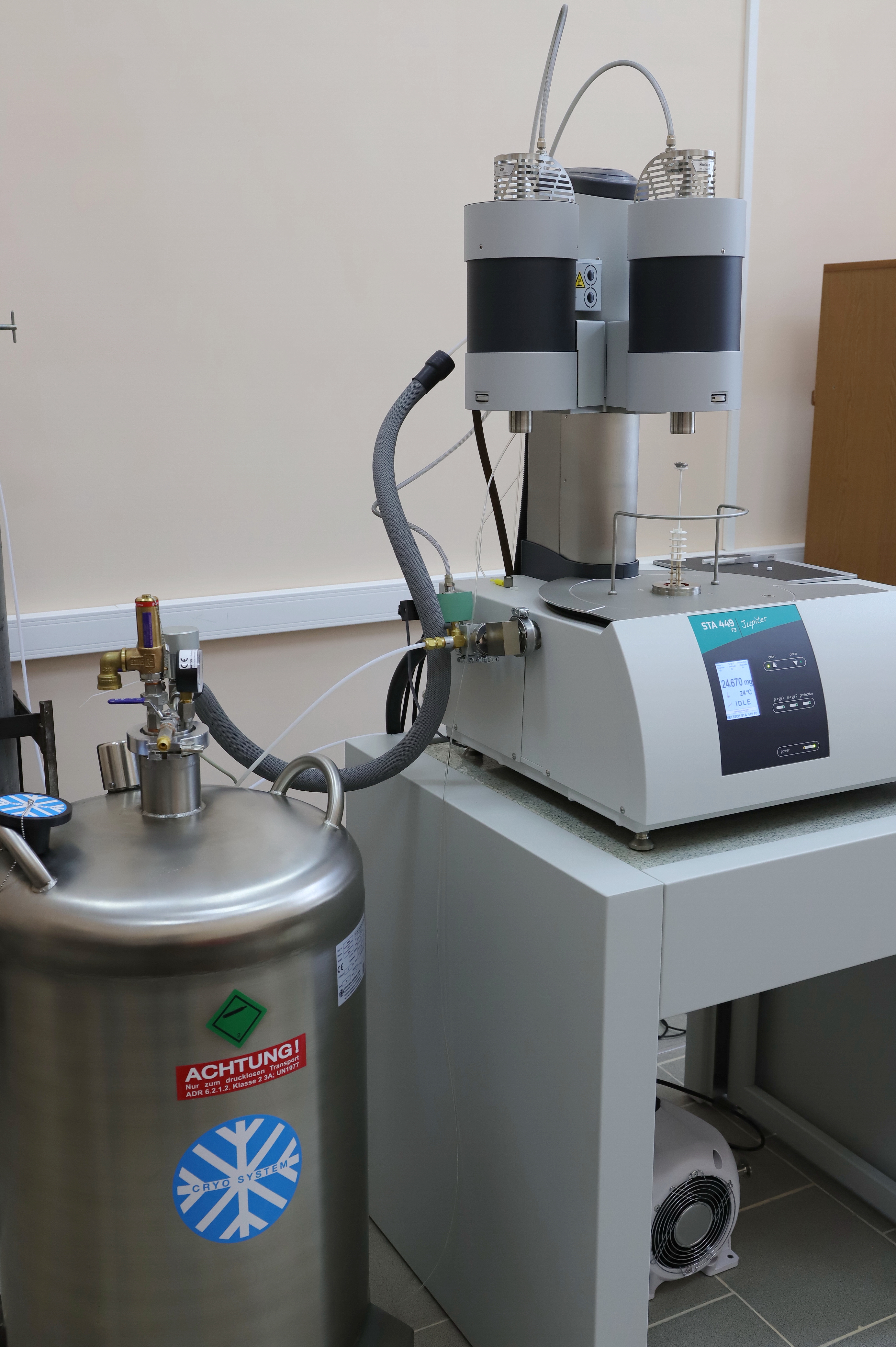Equipment
Collaborative Access Center "Testing Center of Nanotechnology and Advanced Materials"
Центр коллективного доступа «Испытательный центр нанотехнологий и перспективных материалов» вырабатывает комплексный подход к решению задач фундаментальной и прикладной науки. Имеющийся комплекс современного оборудования позволяет получать количественную информацию о химическом и фазовом составе, параметрах кристаллов, электронном и магнитном строении, механических свойствах, типе и концентрации дефектов. В Центре установлено следующее уникальное оборудование:
- Transmission electron microscope JEM-200CX
- Transmission electron microscope Tecnai G2 30 Twin
- Transmission electron microscope CM-30 SuperTwin
- Scanning electron microscope QUANTA 200 Pegasus
- Scanning electron microscope Tescan MIRA LMS
- Manual grinding and polishing machine (MetaServ 250)
- Model 1010 Ion Mill
- SQUID Magnetometer MPMS-XL-5
- Physical Property Measurement System PPMS-9
- Vibrating sample magnetometer 7407 VSM based on water-cooled electromagnet
- Oxford Instruments system with He3 unit
- Experimental setup for measurements in high pulsed magnetic fields
- Mechanical testing installations «NanoTest 600»
- Testing machine «Instron 5982»
- Spectrophotometer UV-mini-1240
- Parallel optical spectrometer with inductively coupled plasma (ICP) ICPE9000
- LHe18 installations to produce liquid helium
- A sample preparation equipment
- Combined thermal analyzer STA 449 F3 Jupiter
- Monocrystal diffractometer XtaLAB Synergy-S
- Hardness testing Qness 10 А+
- Pendulum pile driver IO 5003-0,3-11 type
- Parallel optical spectrometer with inductively coupled plasma (ICP) ICPE9000
- NanoTest-600
- Testing machine
Трансмиссионные электронные микроскопы
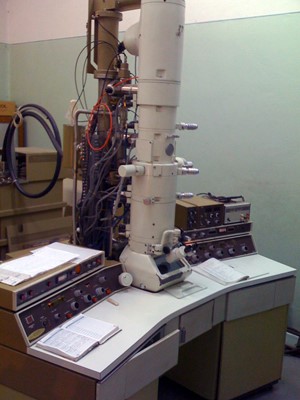 |
Transmission electron microscope JEM-200CX («JEOL Ltd», Japan), 1984
Designed to study with high spatial resolution the atomic-crystalline and amorphous structure of any objects of inorganic, organic, metallic, ceramic, and biological types. The microscope is equipped with an attachment for in situ cooling of samples in the column of the microscope.
Principal technical characteristics:
|
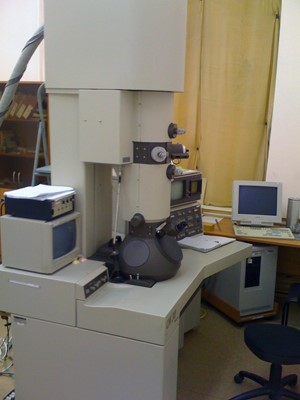 |
Предназначен для исследования атомно-кристаллической и аморфной структуры любых объектов (неорганических, органических, металлических, керамических, биологических) с высоким разрешением вплоть до атомного. Оборудован системой сканирования и энергодисперсионным спектрометром «EDAX» для элементного анализа.
Основные характеристики:
|
Scanning electron microscope
|
|
Purpose: precision ion milling and polishing of samples for further investigation by transmission electron microscopy.
Principal characteristics:
|
|
|
Model 200 Pits Grinder
Purpose: mechanical grinding of samples for subsequent preparation by ion milling.
Principal characteristics:
|
|
|
Model 170 Ultrasonic Disk Cutter
Purpose: ultrasonic cutting of hard and brittle materials.
Principal characteristics:
|
Magnetic measurement equipment
Mechanical testing installations
 |
Manufacturer: Qness GmbH Austria
Year of manufacture: 2021
Detailed information:
|
 |
Liquid cryothermostat
Principal characteristics:
|
Spectrophotometer UV-mini-1240 («Shimadzu», Japan)
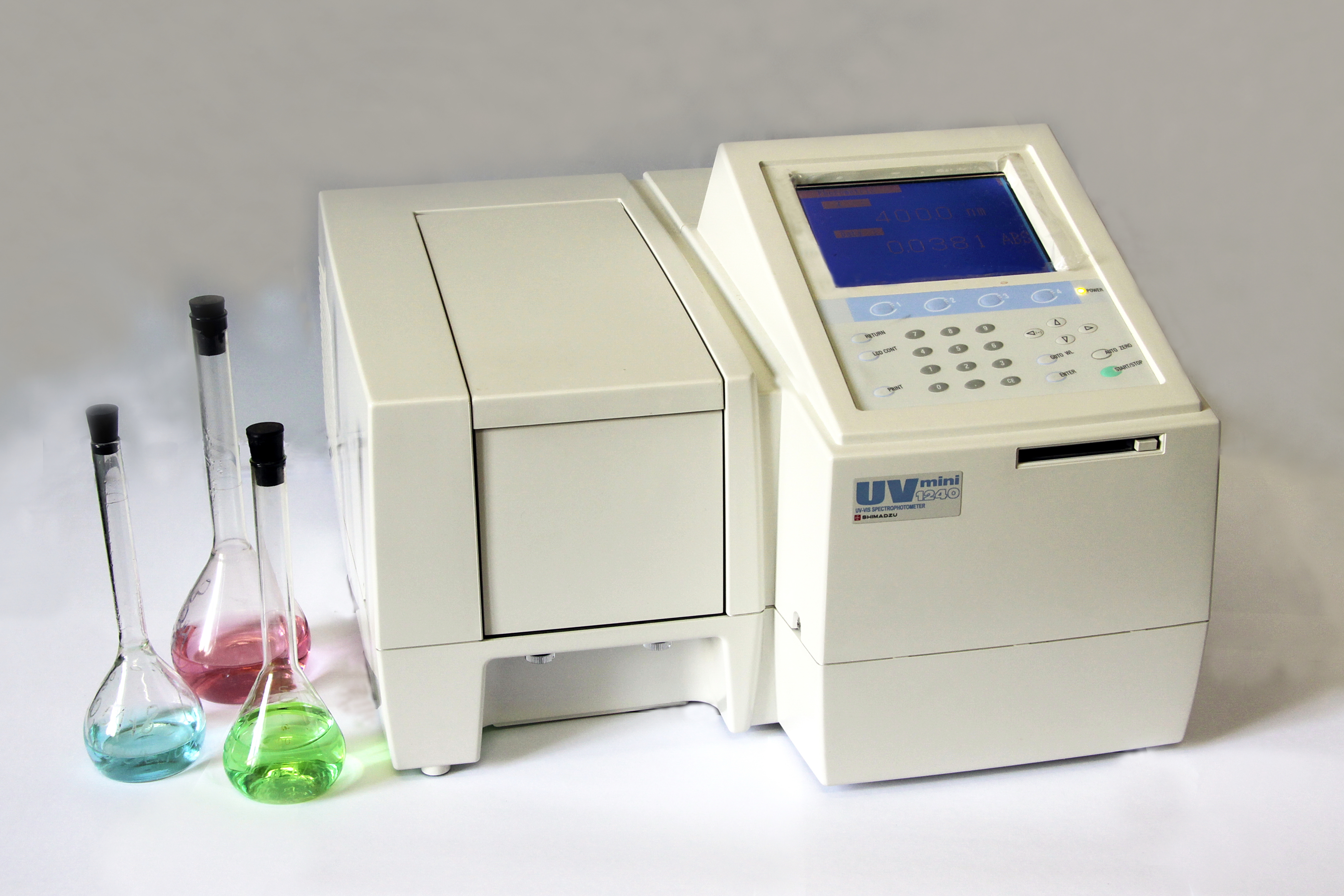 |
Designed to determine the spectral composition of substances Principal characteristics:
Modes of operation:
|
Parallel optical spectrometer with inductively coupled plasma (ICP) ICPE9000
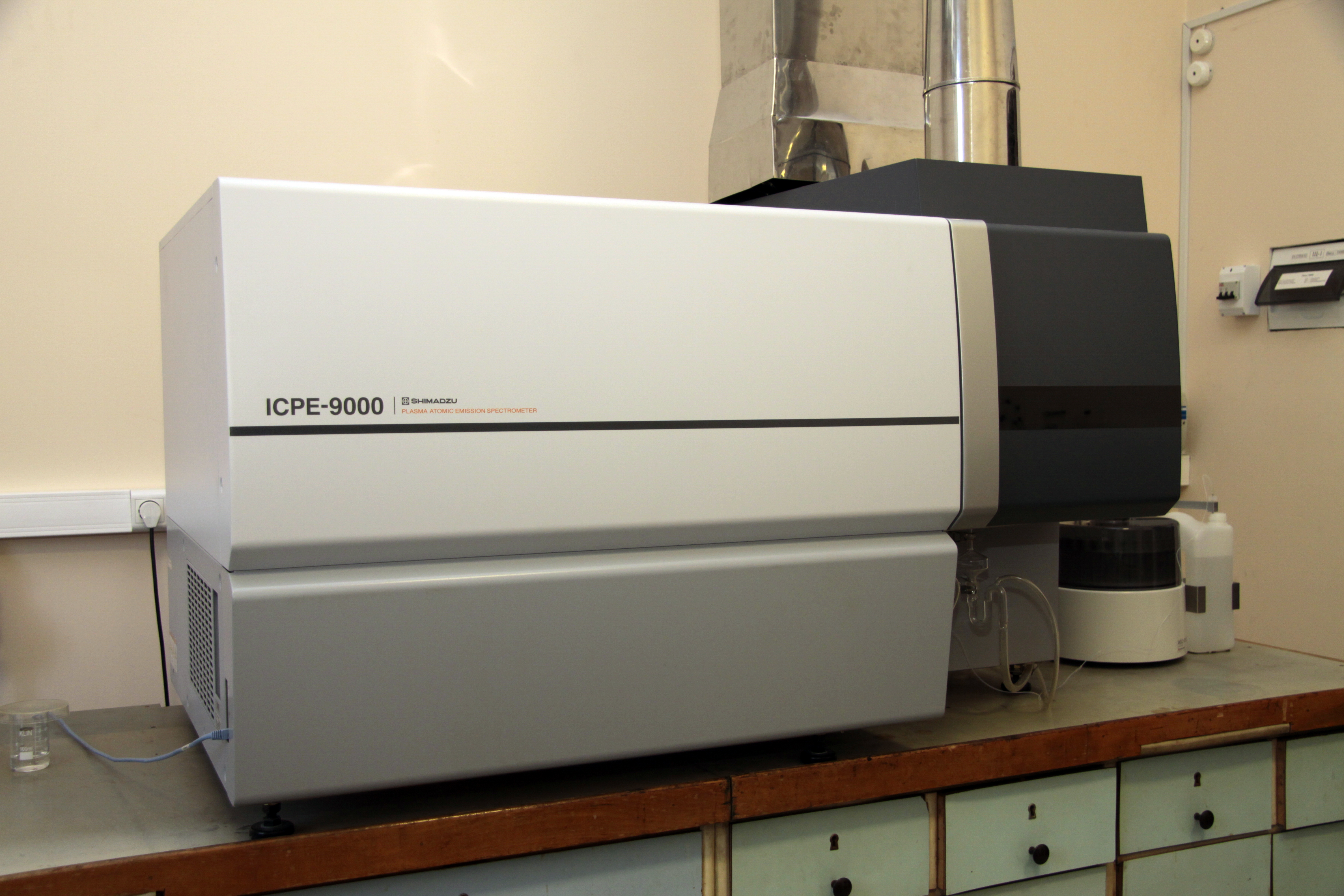 |
Vacuum ICP spectrometer with temperature-controlled Echelle optics. Provides qualitative and precise quantitative analysis without pre-setting the analytical lines.
Manufacturer: Shimadzu, Japan Year of fabrication: 2012 Principal characteristics:
The powerful ICPsolution software provides:
|
LHe18 installations to produce liquid helium (Cryomech Inc, США) 2010 г.
|
|
Предназначена для получения жидкого гелия. Основные характеристики:
|
|
|
Combined thermal TG, TGA-DTA and TGA-DSC analyzer. Permits to record simultaneously variation of mass of a sample and the processes accompanied by the release or absorption of heat. Principle of operation: measurement of sample mass variation with temperature or composition of gas environment.
Manufactured by: Netzsch, Germany
Year of production: 2019
Techical characteristics:
Application areas determination of temperature intervals of phase transitions of the first and second kind; melting, crystallization, polymorphic transformation, vitrification, ordering; enthalpies of various transitions; specific heat capacity; construction of phase diagrams; analysis of decomposition, combustion, oxidation, evaporation processes, kinetics of reactions, degree of crystallinity, determination of material purity.
|






